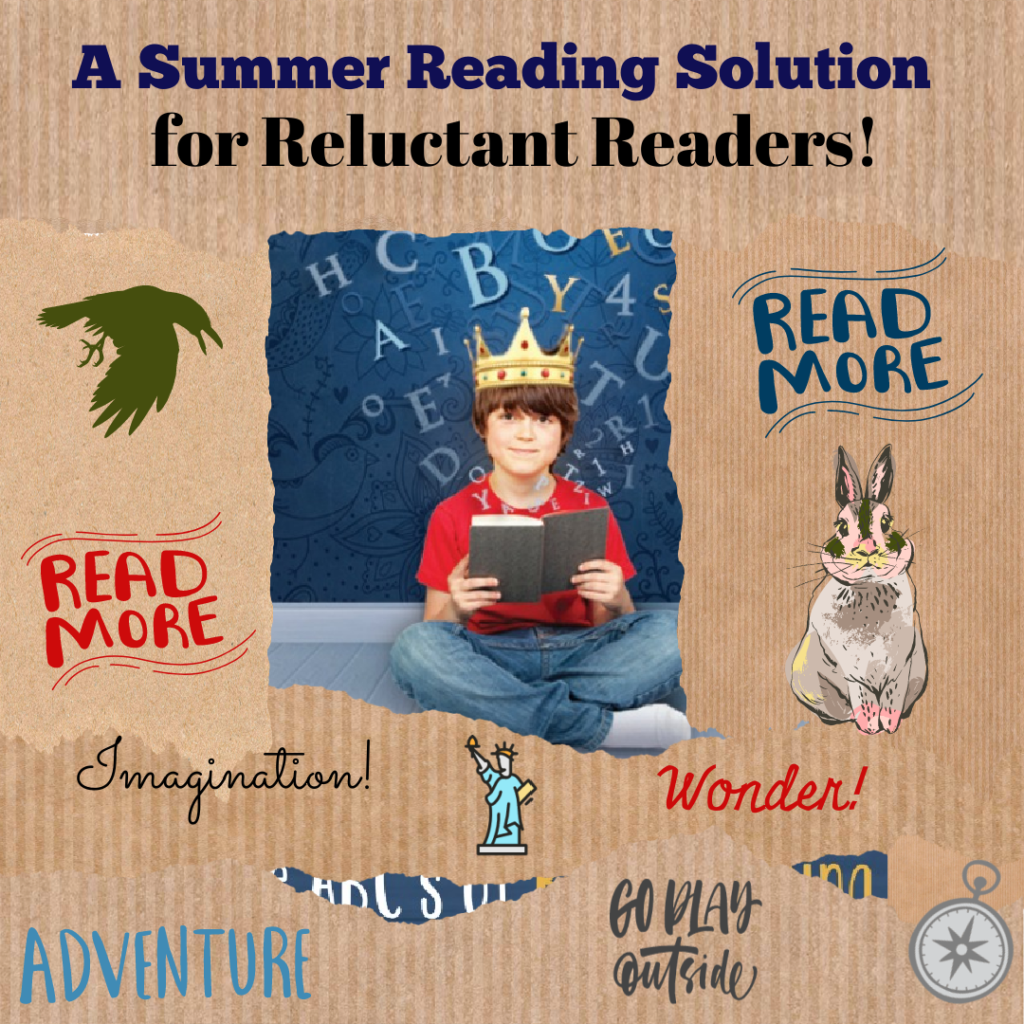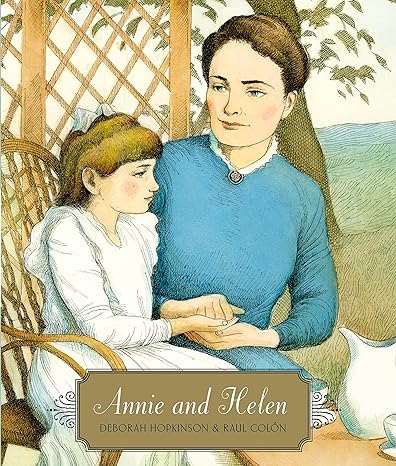I have greatly loved the story of Helen Keller all of my life and the fact that January is National Braille Literacy Month has refreshed this love even more.
On several occasions, I’ve had the chance to bring the story of Helen Keller to life for my children and our friends. Each time it is a deeply moving experience as we walk into the world of the blind and deaf.
I recall the day I enjoyed picking up Annie and Helen by Deborah Hopkinson with illustrations by Raul Colon at our indie bookstore Union Street Books.
The inspiring story of Annie Sullivan and her student Helen Keller has captured the hearts and imaginations of people for over a hundred years. This beautiful picture book, with excerpts of Annie’s letters to her former teacher, Mrs. Sophia C. Hopkins, shares the trials, joys, and inspirations of teaching Helen.
The telling of this story lends well to young readers as Annie opens Helen’s mind by making the world her classroom, and we get to learn alongside her. Inside the pages of this well-crafted story, we discover Helen learning sign language and reading and writing in braille. It is because of Annie’s help that Helen Keller grew up to be an advocate for special needs people and the most accomplished woman of her time.
The illustrations are captivating as they combine inked line-drawings and watercolors. It gives a very welcoming old-time feel to the book.
In honor of National Braille Literacy Month here is a wonderful Helen Keller Booklist for all ages.
Other Hellen Keller Books
Who Was Helen Keller? by Gare Thompson and Nancy Harrison
Helen Keller (Scholastic Biography) by Margaret Davidson and Wendy Watson
History for Kids: The Illustrated Life of Helen Keller by Charles River Editors
Helen Keller (Young Yearling Book) by Stewart Graff and Polly Anne Graff
Helen Keller: The World in Her Heart by Lesa Cline-Ransome and James Ransome
Helen’s Big World: The Life of Helen Keller by Doreen Rappaport and Matt Tavares
Annie Sullivan and the Trials of Helen Keller (Center for Cartoon Studies Presents) by Joseph Lambert
Miss Spitfire: Reaching Helen Keller by Sarah Miller
Have you read any of these books? Have you read them as a family? Please share your thoughts and experiences with us.
What is Braille

“We the blind are as indebted to Louis Braille as mankind is to Gutenberg . . . Without a dot system what a chaotic, inadequate affair our education would be!”—Helen Keller
Braille is a series of raised dots that can be read with the fingers by people who are blind or whose eyesight is insufficient for reading printed material.
How Was Braille Invented?

Louis Braille was born in Coupvray, France, on January 4, 1809. He attended the National Institute for Blind Youth in Paris, France, as a student.
While attending the Institute, Braille yearned for more books to read. He experimented with ways to make an alphabet that was easily read with the fingertips.
The writing system he invented, at age fifteen evolved from the “Ecriture Nocturne” (night writing) code invented by Charles Barbier for sending military messages that could be read on the battlefield at night, without light. Learn more about the creation of the braille code by exploring the Louis Braille Online Museum.
Once Helen learned Braille, she could read any book that had been typed in braille. Annie also brought Helen a braille typewriter so she could write in braille.
How is Braille Written?
Just like we use paper and pencil/pen to write a blind person can write braille using something called a slate and stylus. The slate is a template with evenly spaced depressions for the braille dots.
The paper is placed in the slate and the dots are made by pushing the pointed end of the stylus into the paper over the dot depressions. This bulges the paper on the reverse side, making the “dots.”
Braille is also produced by a machine known as a braillewriter.
Unlike a typewriter which has more than fifty keys, the braillewriter has only six keys and a space bar. These keys are numbered to correspond with the six dots of a braille cell. Since most braille words and symbols contain more than one dot, the keys of the braille write can all be pushed down simultaneously.
But what about the computer?
Technological developments in the computer industry have provided and continue to expand additional avenues of literacy for braille users. Software programs and portable electronic braille notetakers allow users to save and edit their writing, have it displayed back to them either verbally or tactually, and produce a hard copy via a desktop computer-driven braille embosser.
The best way though to really know how the blind and deaf live is to visit a school, have a visit with seeing or hearing impaired person or get in touch with an occupational therapist. All three of these things can open up the world of the blind and deaf to you.
Braille Bug is a site for kids with learning braille instruction, along with fun games, and great info about Helen Keller and Louis Braille.
ONE MORE THING–
As a parent, are you looking for the activities that will keep your wildlings busy while also sneaking in some learning?
Making reading an adventure and not chore is a great way to help them increase the desire to learn and keep them interested as well. But if you have reluctant readers in your home, that can just add another layer of stress to an already challenging routine.
BUT, The ABCs of BookJumping is an ebook that is filled with tried-n-true book-inspired activities that will keep kids engaged and curious for hours.

The ABC’s of BookJumping: The Best of Jump Into a Book by Valarie Budayr and Rebecca Flansburg.
This fun ebook provides parents of reluctant readers to enjoy hand-picked book reviews and unique companion activities that will reignite your child’s love of reading and encourage screen-free family time.
What if you could “live” inside the pages of the children\’s books your family reads?
What if you could enjoy the same adventures as the characters? Bookjumping is taking the solitary act of reading a book and transforming it into an event that can be shared with others.
It’s the process of pulling books off shelves and stories off pages.
It’s making kids’ books come ALIVE by “jumping” inside the pages.
Readers of this ebook will enjoy hand-picked book reviews and unique companion activities that will reignite your child’s love of reading and encourage screen-free family time.
“This fun picture-book-based e-book contains over 150 hand-picked book reviews, unique book-inspired activities, and recipes. Just in time for the “boredom season!” Amazon reviewer
We purposely made this book an ebook for the “portability factor ” and affordable to fit every budget and family need.
Grab your copy of The ABCs of BookJumping: The Best of Jump Into a Book on Kindle HERE.



